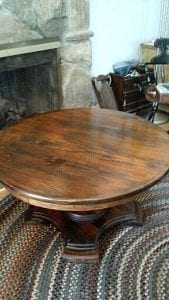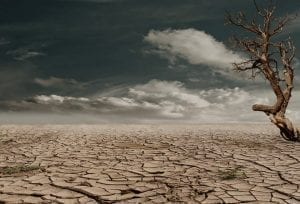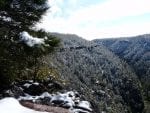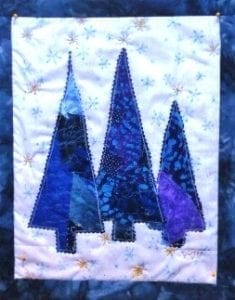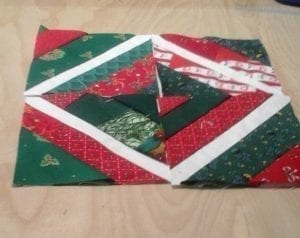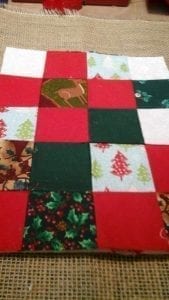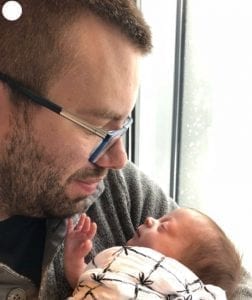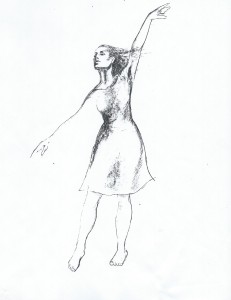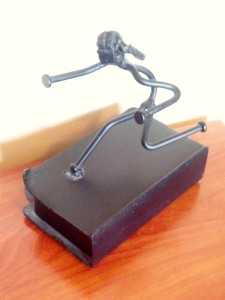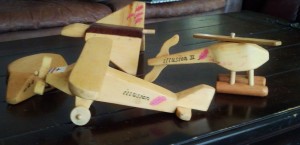It has been a productive week and I nicely surprised myself that I have not forgotten how to do something I learned over a half century ago.
I had a neighbor who was an interesting, eclectic man who knew a whole lot about a number of things. And he was a scrounger who watched for estate sales and came up with good buys. He learned also how to refinish things to rehab them. And when I came up with a cherry table and 5 chairs for 25 dollars he said I had a find.
He said the chairs were nothing exceptional (they were like new) but the table was an antique which opened with a leaf built in. He said whew! Worth 300 dollars! That was about 60 years ago. He crossed the yard to his house to get materials and proceeded to rehab the top.
In awe I watched him clean, sand, dust, stain and wax the table and in less time than writing this, he was finished and the table stood beloved. Now you have a piece of furniture he said. I had each step indelibly leaded into my brain and the coffee table I photographed is an example of what I did this week.
Three pieces of furniture I nurtured back to nearly new the other day but with a history. During the past few years in the midst of many events and upheaval I had little energy and time for remedial measures. No longer could I look at what I have been remiss doing so decided to bite the bullet.
It took much effort to get on my knees (and UP!!) but Jack Montgomery was a good teacher. He is long gone from this sphere but ever in my heart for teaching what he knew so well. Normally in our history when lessons take the teacher is forgotten. But we were in this world together and good friends. So in gratitude for teaching so well, I proudly look upon my work and think how fortunate I was to be their friend.
In over sixty years of family living with three boys and roughhousing we still use many first pieces of furniture. The dining table photographed still wears its first finish though almost new by my standards of 40 years. Caring for something does not hamper enjoyment of it and our modest means meant things must last.
I feed my eyes on my work of what I remembered in furniture rehabilitation. I am quite proud and again grateful for good friends who not only loved me but also took the time to teach what they knew and generously shared their knowledge. I eagerly supped.
We Break Bread. . .
I have broken bread with old friends
for what seems to be many centuries.
We continue our conversations
begun when yet we were in
other times and were other people.
But it has been, you see, only a minute.
We bring to mind all things old
and some things new.
‘Twas but a quirk of Nature,
so that our hearts would grow
and become one heart.
It all has a familiar fit. Don’t you think?
All things will be new again when we
break bread in the next of times.
But you knew that, didn’t you?
All things new are really all things old.

